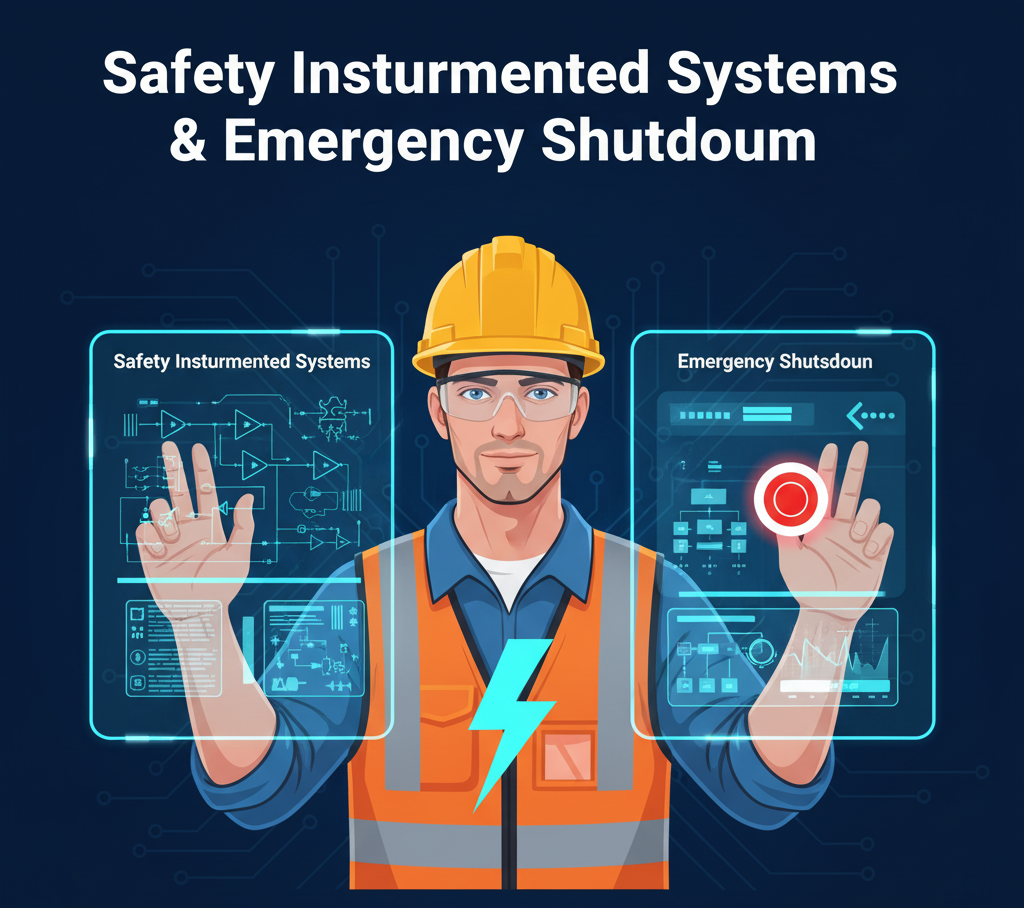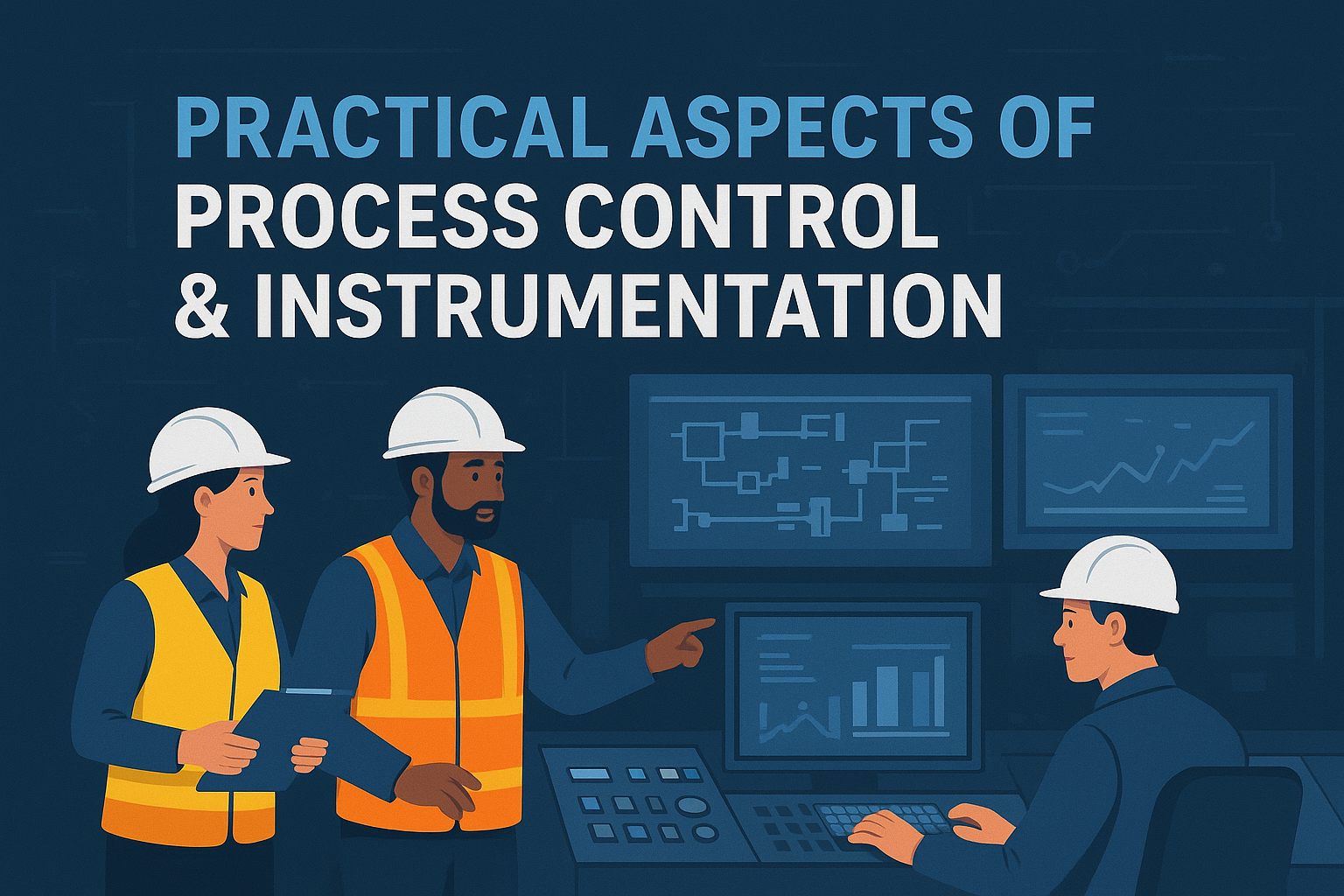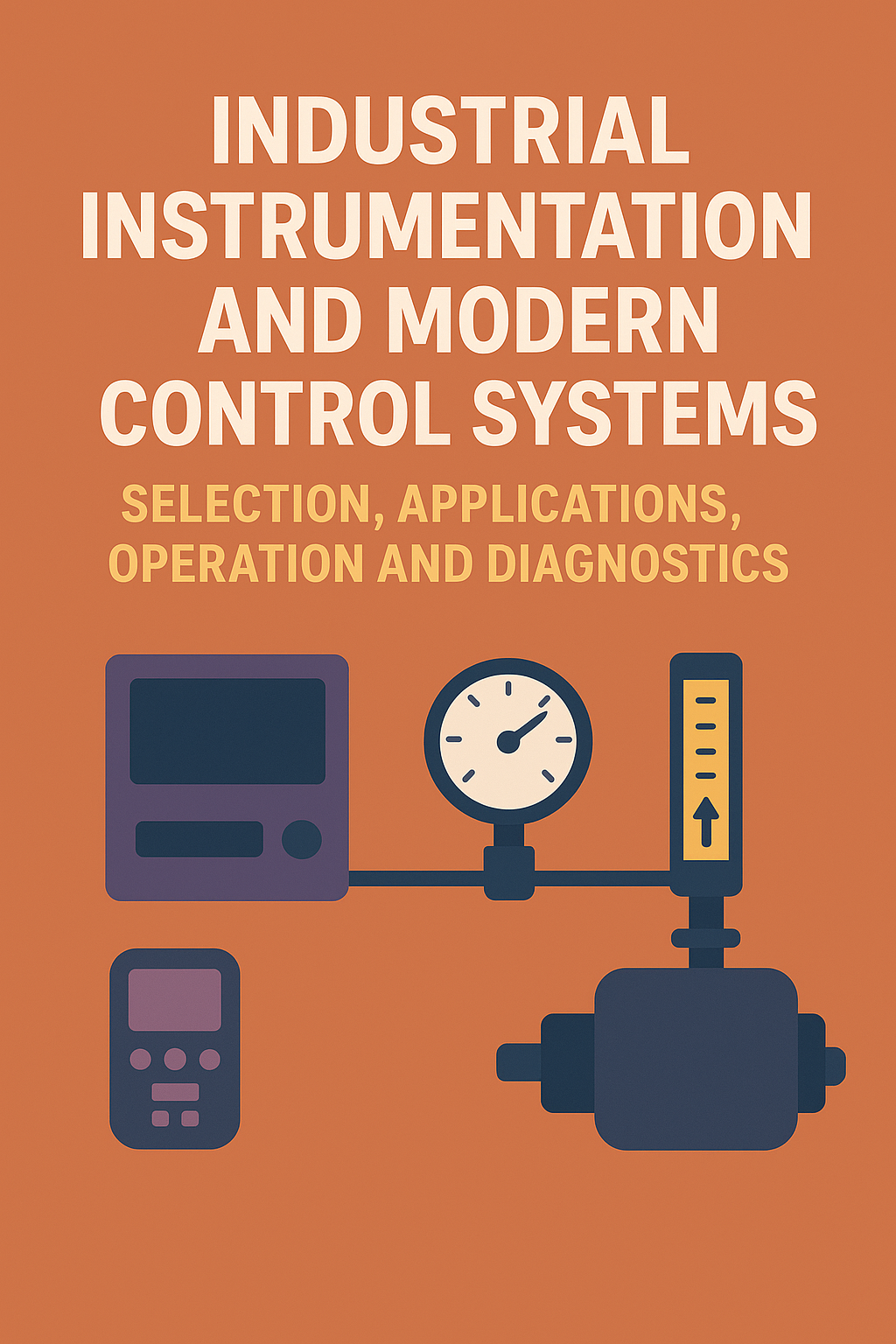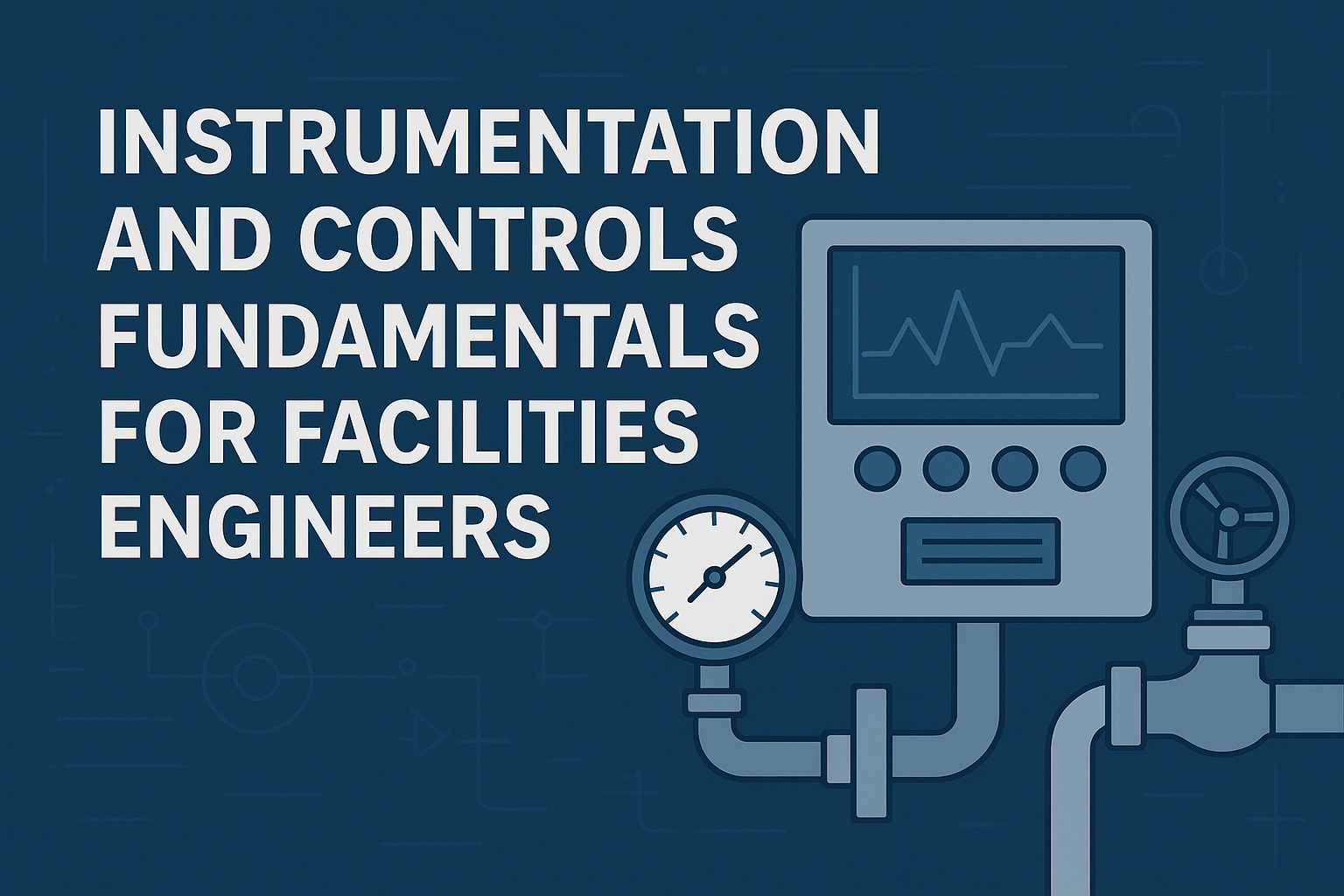

By the end of this training course, participants should be able to:
Day 1: Introduction to Safety Instrumented Systems
Day 2: SIS Design and Implementation
Day 3: Emergency Shutdown System Overview
Day 4: ESD System Implementation and Testing
Day 5: Risk Assessment and Mitigation with SIS & Maintenance, Auditing
CDGA attendance certificate will be issued to all attendees completing minimum of 75% of the total course duration.
| Code | Date | Venue | Fees | Register |
|---|---|---|---|---|
| IE108-01 | 01-02-2026 | Dammam | USD 5450 | |
| IE108-02 | 10-05-2026 | Amman | USD 5450 | |
| IE108-03 | 19-07-2026 | Muscat | USD 5450 | |
| IE108-04 | 16-10-2026 | Kuala-Lumpur | USD 5950 |

The control of processes in today’s oil, gas and chemicals industries requires accurate knowledge of process conditions and this in turn means accurate measurement of those conditions. Without measure ...

This seminar will provide a comprehensive understanding of modern control systems, digital control, distributed control systems (DCSs), supervisory control and data acquisition (SCADA) systems, indust ...

The control of processes in today’s oil, gas and chemicals industries requires accurate knowledge of process conditions and this in turn means accurate measurement of those conditions. Without measure ...
Providing services with a high quality that are satisfying the requirements
Appling the specifications and legalizations to ensure the quality of service.
Best utilization of resources for continually improving the business activities.
CDGA keen to selects highly technical instructors based on professional field experience
Since CDGA was established, it considered a training partner for world class oil & gas institution
3012, Block 3, 30 Euro Business Park, Little Island, Co. Cork, T45 V220, Ireland
Mon to Fri 09:00 AM to 06:00 PM
Contact Us anytime!
Request Info